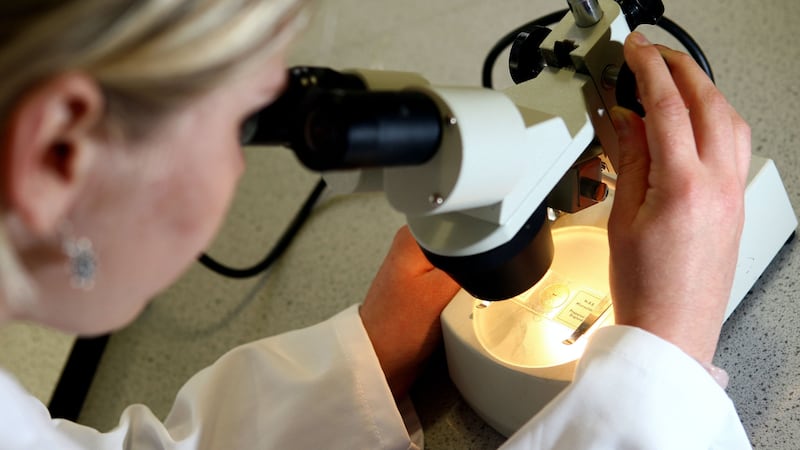New epidemic diseases caused by harmful organisms have an evolutionary advantage if they are of “intermediate” severity, according to scientists.
Researchers have said that natural selection favours pathogens that inflict intermediate levels of harm, or virulence, on their host.
They believe their findings contradict the “conventional wisdom” that most new diseases evolve to eventually become harmless.
Dr Camille Bonneaud, of the Centre for Ecology and Conservation at the University of Exeter’s Penryn Campus in Cornwall, said: “Although theoretical developments in evolutionary biology in the 1980s showed that this was not necessarily the case, such belief still holds firm, even today.”
As part of the study, the researchers wanted to understand more about the evolutionary trade off between virulence and transmission of pathogens emerging in a new host species.
In order to persist, replicate and transmit, pathogens need to exploit their host.
A low virulence suggests the pathogen is slow growing and may take longer to transmit from one host to another.
On the other hand, if virulence is too high, the infection can kill the host and halt the chain of transmission.
The researchers exposed 50 variants of an infectious bacterial pathogen, known as Mycoplasma gallisepticum, on house finches that have never encountered the disease.
Dr Bonneaud said: “We found that variants that were more virulent transmitted faster, but that variants of intermediate virulence were the most evolutionarily successful.”
The researchers said that contrary to commonly held beliefs, variants of the pathogen that replicated faster during infection and achieved higher densities did not transmit better or faster than those that achieved lower densities.
Dr Bonneaud said: “This tells us that transmission is not always a numbers game and that we cannot use pathogen numbers as a proxy for their success.”
The research is published in the journal Evolution Letters.








